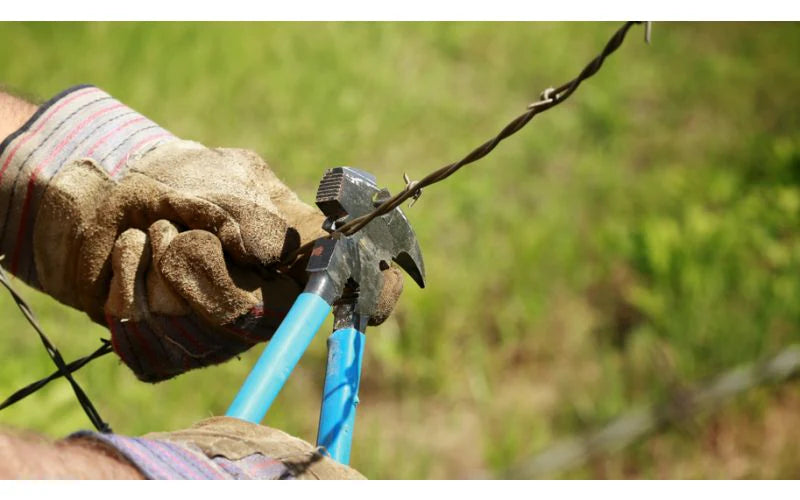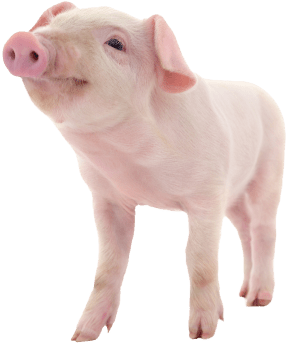
Quick and Efficient Ways to Repair Woven Wire Fencing
|
|
Time to read 3 min
 You are being redirected to QC Supply Pharmacy, where you’ll find a wide selection of high-quality prescription and pharmaceutical products for animals of all sizes.
Enjoy the same great service and expertise you trust from QC Supply.
Click below to continue shopping.
Continue
No thanks, stay on the main site
Powered by
You are being redirected to QC Supply Pharmacy, where you’ll find a wide selection of high-quality prescription and pharmaceutical products for animals of all sizes.
Enjoy the same great service and expertise you trust from QC Supply.
Click below to continue shopping.
Continue
No thanks, stay on the main site
Powered by


|
|
Time to read 3 min
A good fence is the foundation of a healthy livestock operation. Woven wire fence repair is a tested and true containment option, and for good reason. It works across varied regions and climates. It is suitable for many types of land and livestock. It is also an inexpensive investment. Woven wire is easily adapted to electric augmentation like plastic insulators and charged wire. All these reasons are why it is one of the most common livestock fencing maintenance solutions on farms, regardless of their size.
Woven wire fencing is susceptible to damage from animals and the elements, even more so than electric setups. While electric fences discourage animal contact, woven wire becomes part of the animal habitat. Sheep, horses, hogs, cattle, and goats learn to rub, press, and use the wire fences as part of their environment. Hard use and weather make fence repairs a constant job. Knowing how to repair woven wire fencing fast is a skill set every farmer should have.
Understand that with woven wire fencing , the question isn’t whether or not your fence will need repairs, but when. Have the tools and equipment you need to deal with these common fence repairs as quickly as possible to avoid downtime.
Downed trees, debris, and the crowding/rubbing of large livestock can stretch or bend the fence. Reshaping is often necessary and the most common fence repair by far. Woven wire held taut is going to sag over time. To keep animals contained and lines appealingly straight means regularly restretching and staking the fence. Connecting holes or breaks in wire fencing is the second most common need for repair . Areas that deal with the most stress will unravel, but that doesn’t mean the entire section needs to be replaced. You can mend or patch those areas easily with fence repair tools , spare sections, and a prepared fence repair kit .
The third most common fence repair is replacing entire sections on the fly. Sometimes a tree falls, or a section becomes compromised beyond salvation. At this point, you’ll need to cut out a stretch of woven wire fence and replace it with a newer fence. Having spare rolls and sections or paneling is always useful for that reason. The last thing you want to do when animals might escape is leave to purchase the tools or supplies you need.
Be ready for the worst with the best tools for the job. Having a solid fence stretcher in your toolbox is essential, as well as quality bolt cutters and pliers. These items, and a trusty fence tool, are the workhorses of woven wire repair.
The fence tool is a plier/hammer combination ideal for working with wood or metal posts and woven wire . Dealing with wire fencing means cutting and reshaping. This tool helps you remove old staples or nails and twist wire in tight spaces your hands can’t reach. Both of these require the use of fence repair tools mentioned above for reconnecting breaks or patching the fence.
Another important item to keep on hand is an electric fence tester. Knowing what is and isn’t charged when you are far from the energizer is key (and safe). Carrying with you a spare roll of electric wire comparable to what is being insulated on your fence line is also smart.
Keeping all these fence repair tools in a fence repair kit in your truck or barn is a way to be ready for the next repair. You will need them and not have the time to search all over your shop or garage for the tools to complete the job when animals get loose.
When entire sections of the fence need to be repaired because of damage or wear, ensure your livestock is a safe distance away or otherwise contained. Some people set up temporary electric fences or netting while the woven wire is being mended.
When removing sections of the fence, be sure to retain tension and fence integrity by using a stretcher. Take note of your overall fence condition when evaluating problem areas to readily address future repairs . If you can move your fence away from tree lines and undergrowth that will undoubtedly damage it, do so. The extra ten yards of grass is rarely worth the extra daylight hours of fence maintenance .
Mending fences is part of farm life, and that is why you should have the tools to deal with it . Is there anything you wish you knew when you started setting up fences that you know now? Share in the comments below!